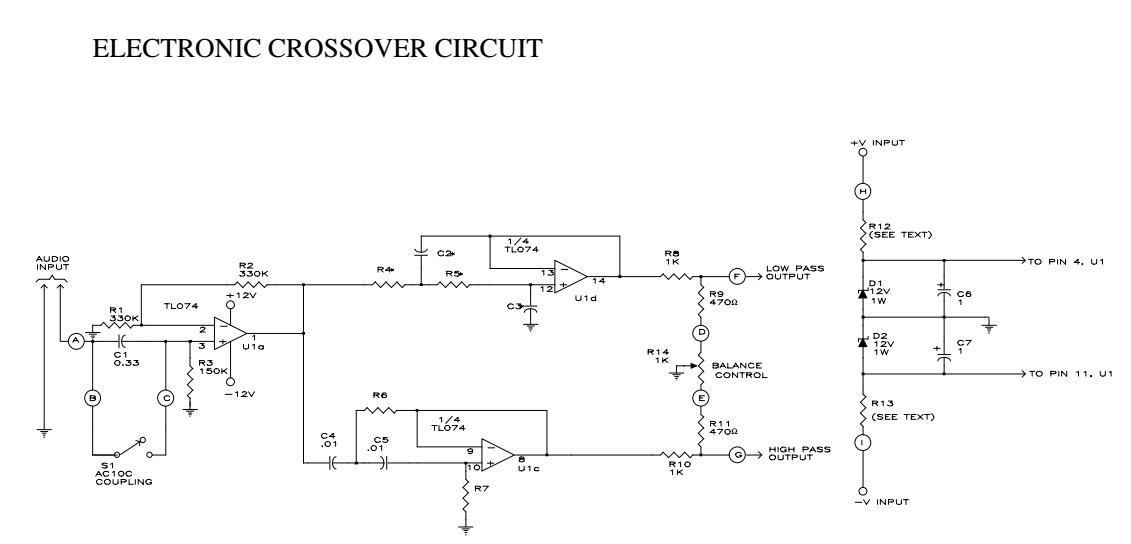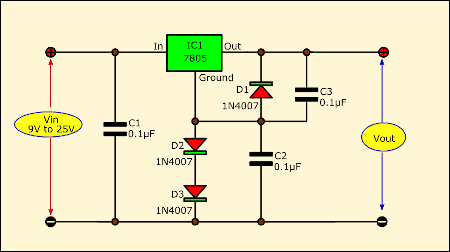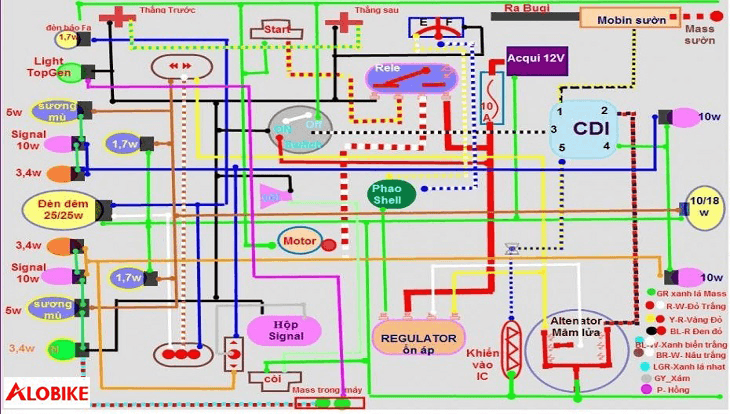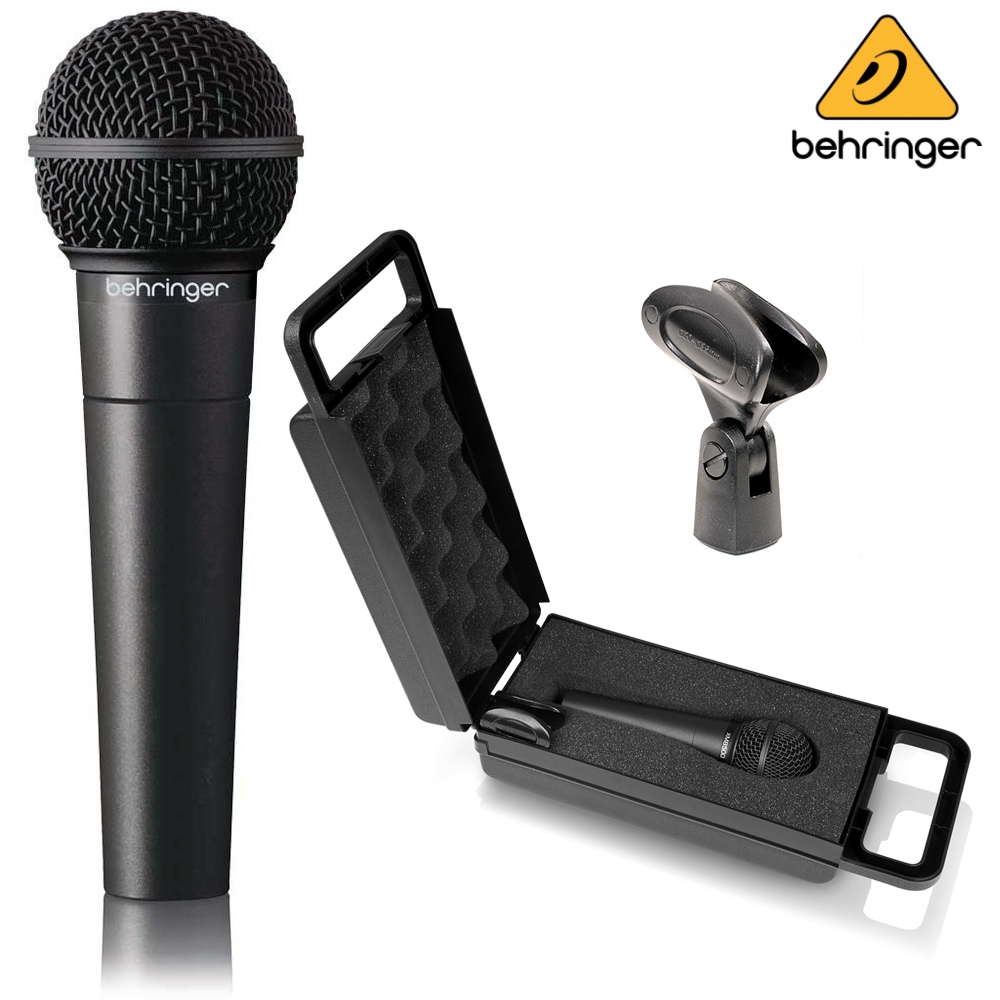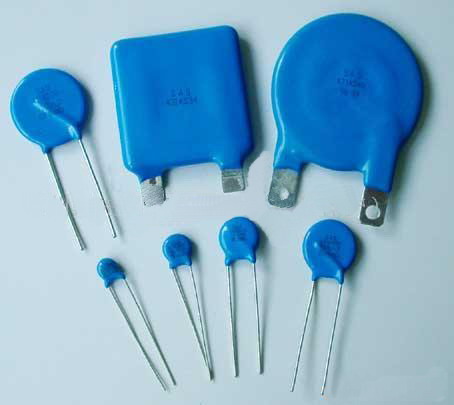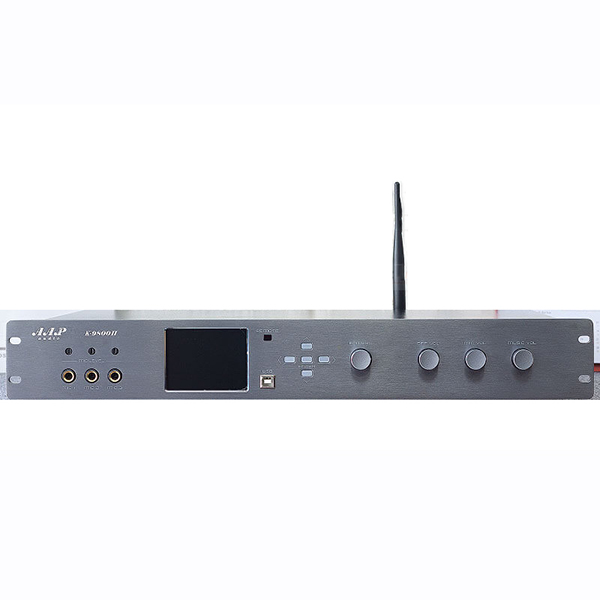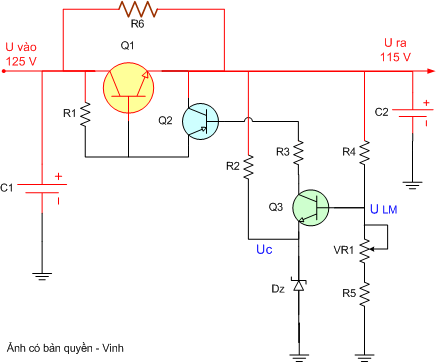Mạch dùng để chia tần số từ một nguồn âm thanh như bộ mixer, preamlifier, equalizer…thông qua mạch Electronic Crossover, nguồn tín hiệu đầu vào có thể được cách ly điện một chiều bởi chuyển mạch S1…
Nguyên văn phần giải thích bằng tiếng Anh
An audio source, such as a mixer, preamplifier, equalizer, or recorder, is fed to the Electronic Crossover Circuit’s input. That signal is either ac- or dc-coupled, depending on the setting of switch S1, the non- inverting input of buffer-amplifier U1a, one section of quad, BIFET, low-noise TL074 op amp made by Texas Instruments. That stage has a gain of 2, and its output is distributed to both a lowpass filter made by R4, R5, C2, C3, and op-amp U1d, and a highpass filter made by R6, R7, C4, C5, and op amp U1c. Those are 12dB/octave Butterworth-type filters. The Butterworth filter response was chosen because it gives the best compromise between damping and phase shift. Values of capacitors and resistors will vary with the selected crossover at which your unit will operate. The filter’s output are fed to a balancing network made by R8, R9, R10, R11 and balance potentiometer R14. When the potentiometer is at its mid-position, there is a unity gain for passbands of both the high and low filters. DC power for the Electronic Crossover Circuit is regulated by R12, R13, D1, and D2, and decoupled by C6 and C7.
( Hands-On Electronics, Summer 1984, p. 77)

